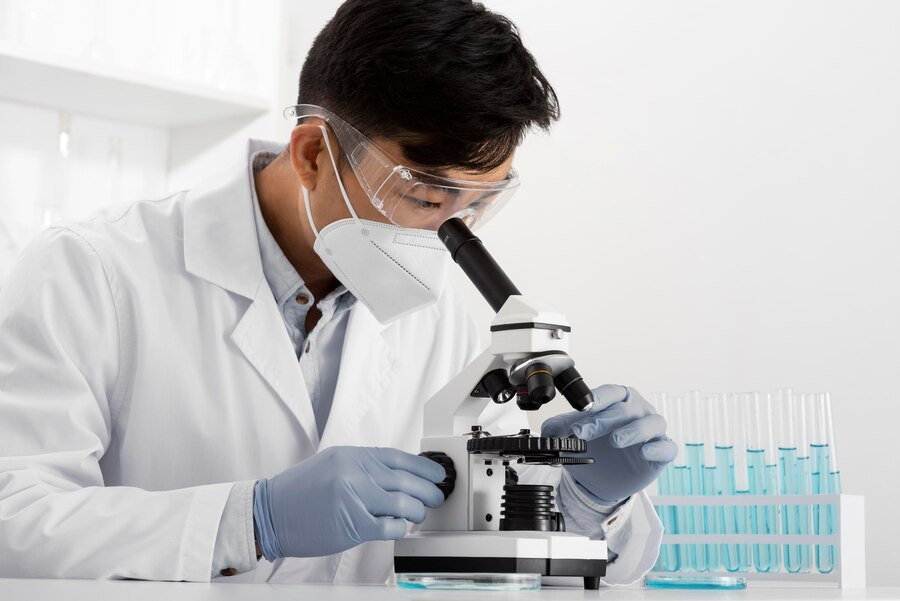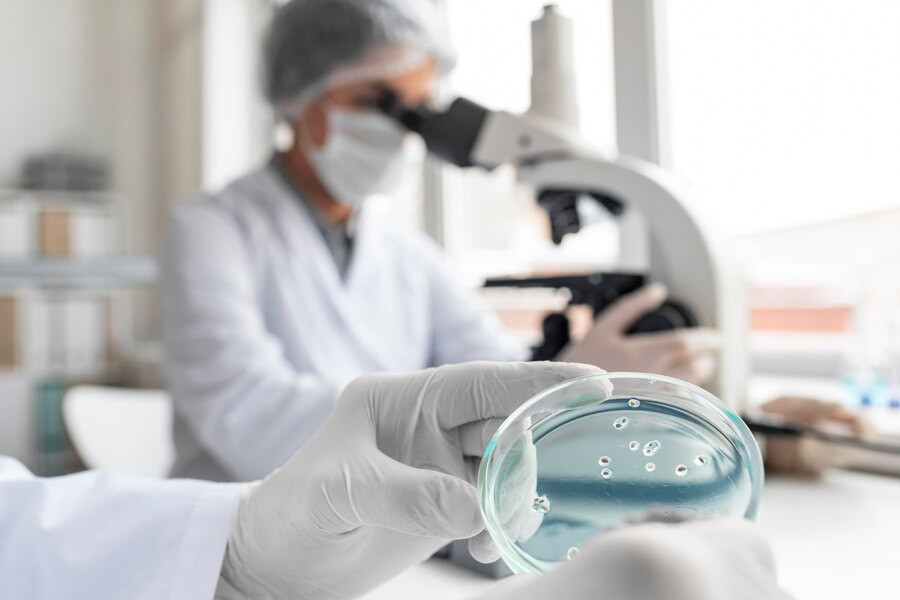The genetic information contained in someone's DNA is analyzed through DNA testing or genetic testing. This test is usually performed to identify genetic mutations that are associated with genetic diseases, to determine the risk of developing specific diseases in the future, to choose the most suitable treatment, and to provide genetic inheritance information for prenatal screening and genetic tracing.
The DNA test is considered to be an extremely complicated procedure. Despite that, DNA testing technology is presently growing and becoming more advanced. Get to know the DNA testing process.
DNA test procedure
It is common practice to recommend pre-test counseling before a DNA test. The goal of the DNA test will determine the specifics of this guidance. Counseling can help you understand the risks and benefits of this examination technique and provide your consent freely and voluntarily.
Samples will be collected for testing following to counseling completion. Examples of methods for obtaining DNA test samples include:
- Sample test (cheek sample) on the inside of the cheek
- Blood sampling
- Saliva sampling
- Obtaining a few drops of blood from a newborn infant by puncturing the baby's heel
- Amniocentesis is a procedure that involves the insertion of a thin catheter into the uterus to extract a sample of amniotic fluid.
- Chorionic villus sampling is a method for extracting samples from placental tissue.
- Fine needle aspiration is a procedure that involves the removal of samples from the body by passing them through anomalous cells, tissue, or fluid.
Side effects of DNA testing
The process of collecting DNA test samples is generally simple, particularly when performed through saliva, blood, or swab tests. Nevertheless, it is important to be aware of a number of potential adverse effects, such as:
- The use of needles in DNA testing procedures can increase the risk of infection, pain, bruising, and hemorrhage.
- Side effects, including short-term disorientation, fatigue, nausea, or vomiting, may result from sedatives administered during DNA testing.
Preparation for a DNA test
Several preparations are required before conducting a DNA test:
- Consult relevant data regarding the appropriate test type, the risks and benefits of the test, and the intended procedure.
- Determine the reason for conducting a DNA test.
- Choose a laboratory that is reputable and possesses the necessary certification.
- Ensure that you are informed of any unanticipated fees, such as consultation, counseling, or test fees.
- Understand the sampling methods used, such as blood, saliva, cheek swabs, etc.
- Before taking the exam, attend counseling to understand its purpose, benefits, dangers, and implications.
- Prepare mentally and physically for a DNA test.
- If the test findings indicate a need for medical intervention, ensure that you are adequately prepared and seek further consultation with a doctor.
- It is important to understand that DNA test results are personal and must be handled and maintained securely and in accordance with relevant requirements.
Costs, counseling, and procedures vary by clinic or hospital. You can research clinics and hospitals that fulfill your needs. If you have questions regarding the DNA testing procedure or its benefits, you can either visit a doctor or make use of the consultation features that are available in the Ai Care application by downloading the Ai Care application from the App Store or Play Store.
Looking for more information about other diseases? Click here!
- dr Nadia Opmalina
Mary Kugler, RN (2023). What Is Genetic Testing?. Available from: https://www.verywellhealth.com/what-is-a-dna-test-2860730
Cleveland Clinic (2024). DNA Paternity Test. Available from: https://my.clevelandclinic.org/health/diagnostics/10119-dna-paternity-test
Medline Plus (2021). How is genetic testing done?. Available from: https://medlineplus.gov/genetics/understanding/testing/procedure/
Mayo Clinic (2020). Genetic testing. Available from: https://www.mayoclinic.org/tests-procedures/genetic-testing/about/pac-20384827
Dr. Liji Thomas (2019). Heel Prick Test / Guthrie Test. Available from: https://www.news-medical.net/health/Heel-Prick-Test-Guthrie-Test.aspx
John Hopkins Medicine. Amniocentesis. Available from: https://www.hopkinsmedicine.org/health/treatment-tests-and-therapies/amniocentesis
Taylor M. Jones and Freddy J. Montero (2022). Chorionic Villus Sampling. Available from: https://www.ncbi.nlm.nih.gov/books/NBK563301/












